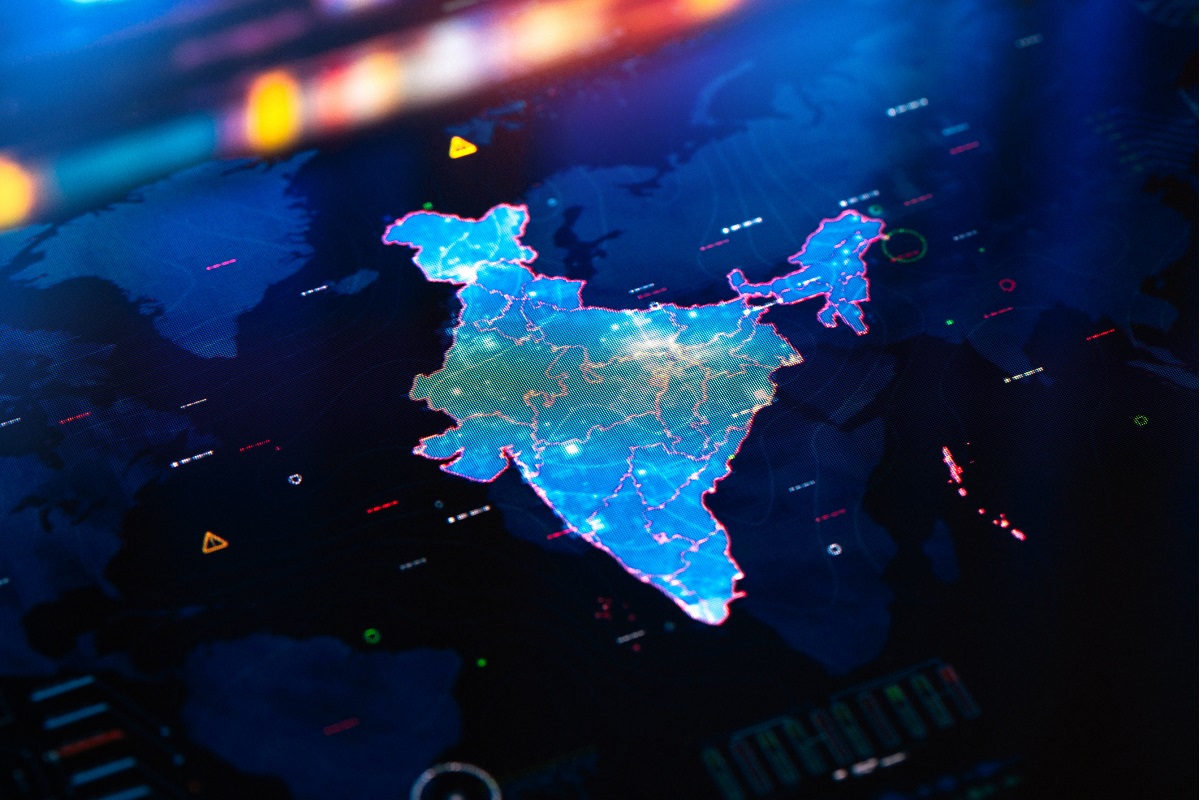TRAI releases Consultation Paper on formulation of National Broadcasting Policy-2024
This consultation paper has been prepared for seeking comments from stakeholders and has been placed on TRAI's website.
The Minister of State for Communications, Devusinh Chauhan, provided this information in a written response to a question in the Lok Sabha today.

(Representational Photo; Source: iStock)
According to the most recent “The Indian Telecom Services Performance Indicators” reports published by the Telecom Regulatory Authority of India (TRAI) on January 10, 2022, at the end of September 2021, there were 336.60 million and 497.69 million internet subscribers in India’s rural and urban areas, respectively.
The government has taken the following actions to expand digital outreach across the nation:
Advertisement
Prime Minister Wireless Access Network Interface (PM-WANI) framework has been established to promote the spread of broadband services via public Wifi. The PM-WANI framework’s distributed design and function unbundling make it possible to provide broadband. Entities are not required to get a licence or pay a fee to the government under this structure.
According to their business plans, licenced service providers offer broadband services in both urban and rural areas of the nation. However, there are a number of government initiatives supporting the expansion of broadband services in rural and remote areas of the nation, including the Universal Service Obligation Fund (USOF), whose total fund earmarked/disbursed for the previous five years and the current year through February of 2022 is approximately 31529 Cr.
The government has the following programmes under USOF in addition to the BharatNet project in Rajasthan to improve internet and broadband in the state:
The Minister of State for Communications, Devusinh Chauhan, provided this information in a written response to a question in the Lok Sabha today.
Advertisement